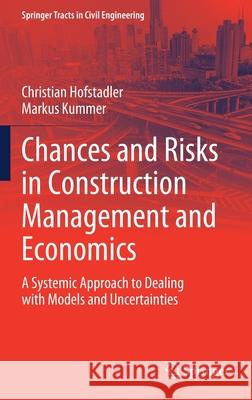Chances and Risks in Construction Management and Economics: A Systemic Approach to Dealing with Models and Uncertainties » książka
topmenu
Chances and Risks in Construction Management and Economics: A Systemic Approach to Dealing with Models and Uncertainties
ISBN-13: 9783030640132 / Angielski / Twarda / 2021 / 696 str.
Chances and Risks in Construction Management and Economics: A Systemic Approach to Dealing with Models and Uncertainties
ISBN-13: 9783030640132 / Angielski / Twarda / 2021 / 696 str.
cena 621,14 zł
(netto: 591,56 VAT: 5%)
Najniższa cena z 30 dni: 616,85 zł
(netto: 591,56 VAT: 5%)
Najniższa cena z 30 dni: 616,85 zł
Termin realizacji zamówienia:
ok. 20 dni roboczych.
ok. 20 dni roboczych.
Darmowa dostawa!
Kategorie:
Kategorie BISAC:
Wydawca:
Springer
Seria wydawnicza:
Język:
Angielski
ISBN-13:
9783030640132
Rok wydania:
2021
Wydanie:
2021
Numer serii:
000796527
Ilość stron:
696
Waga:
1.18 kg
Wymiary:
23.39 x 15.6 x 3.96
Oprawa:
Twarda
Wolumenów:
01
Dodatkowe informacje:
Wydanie ilustrowane











